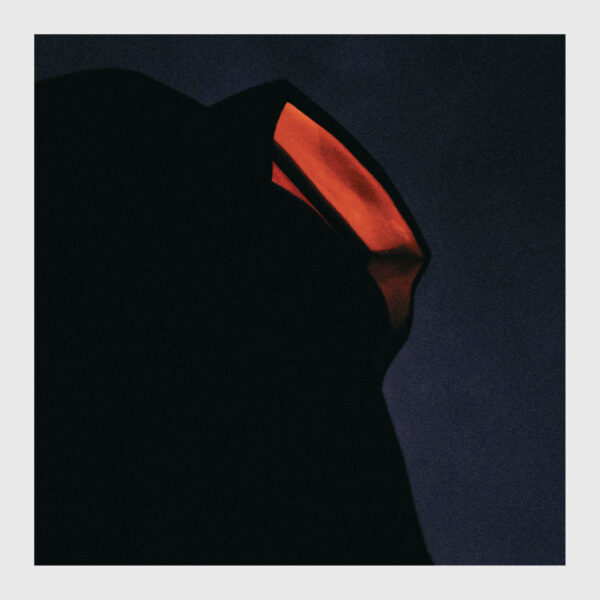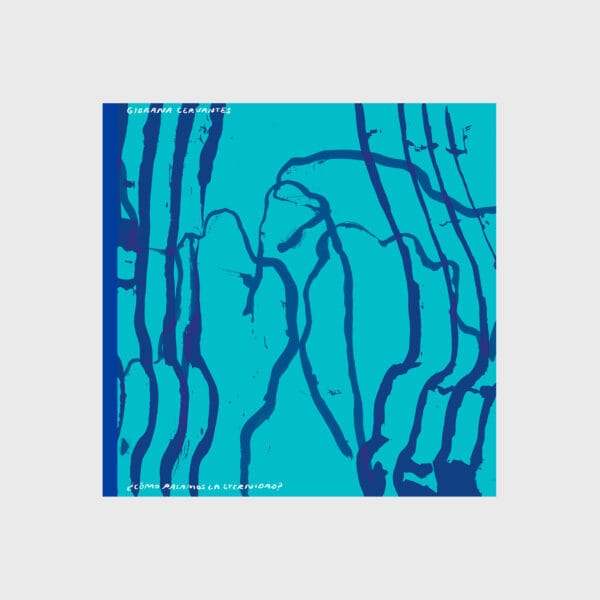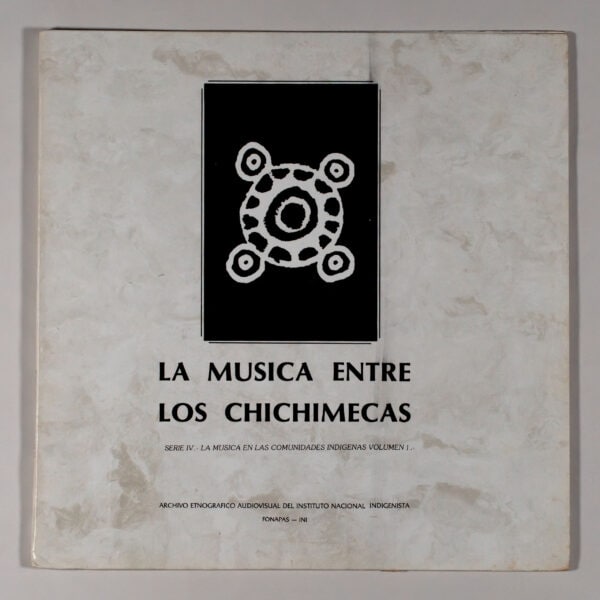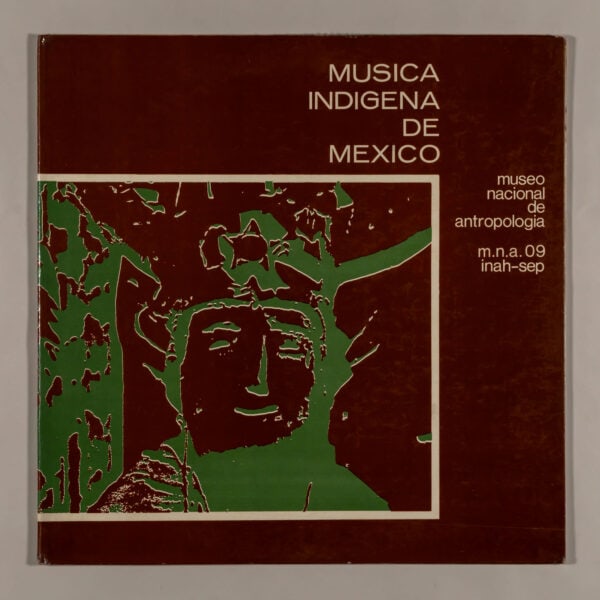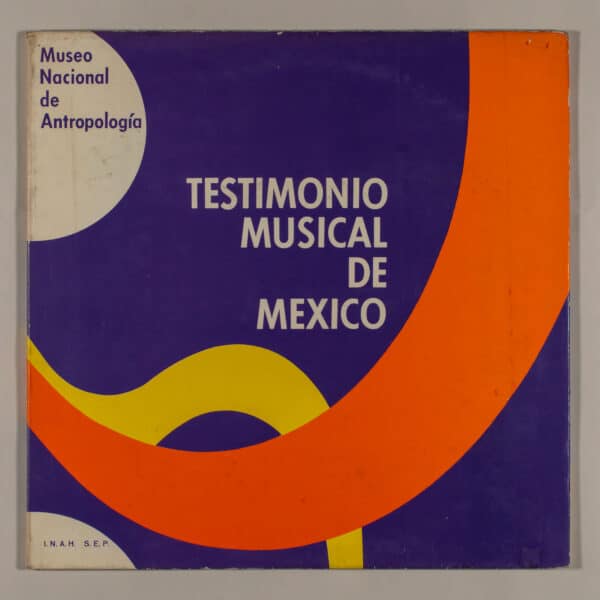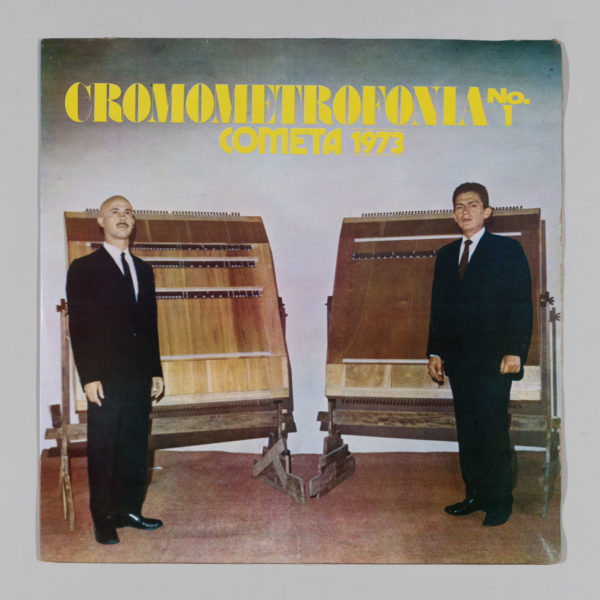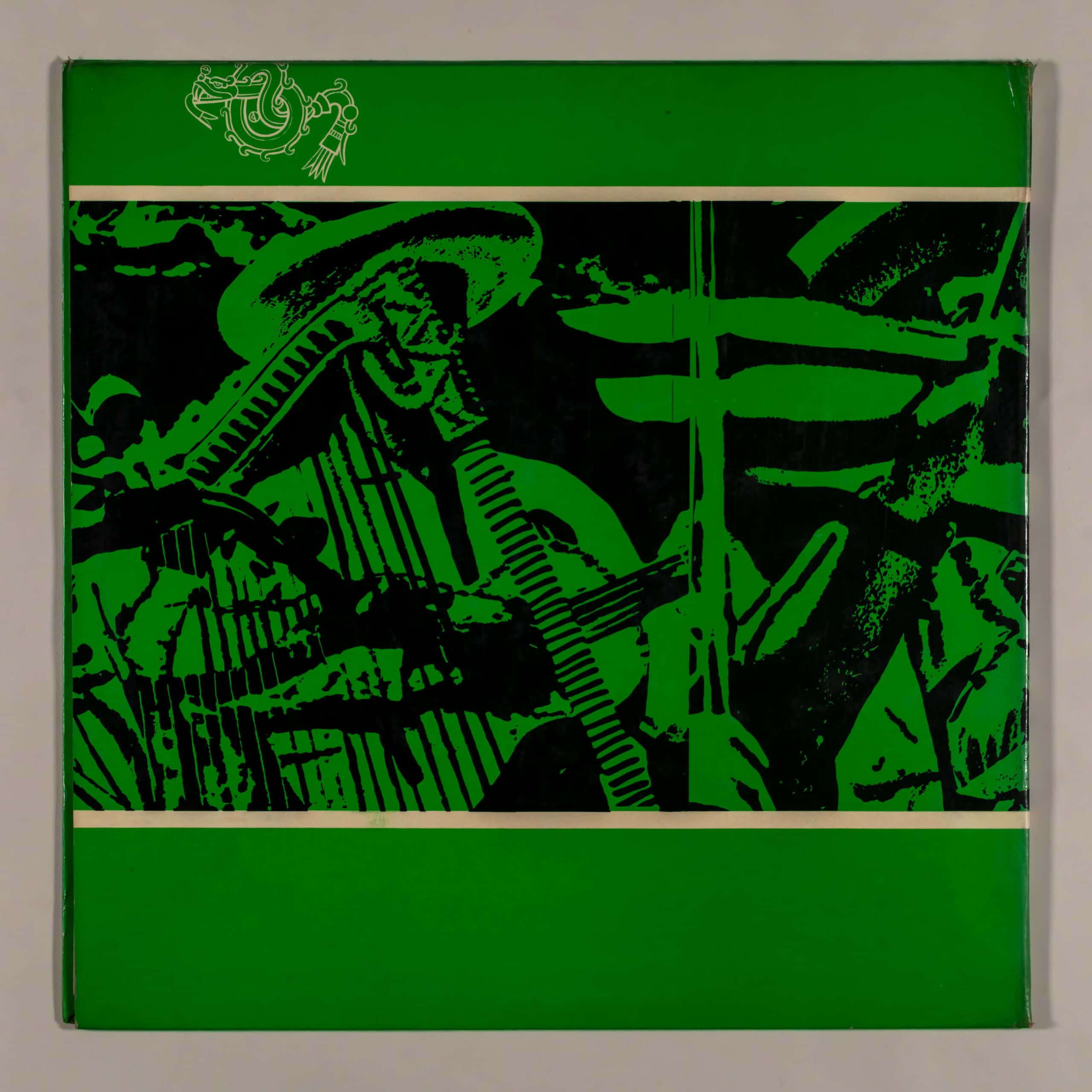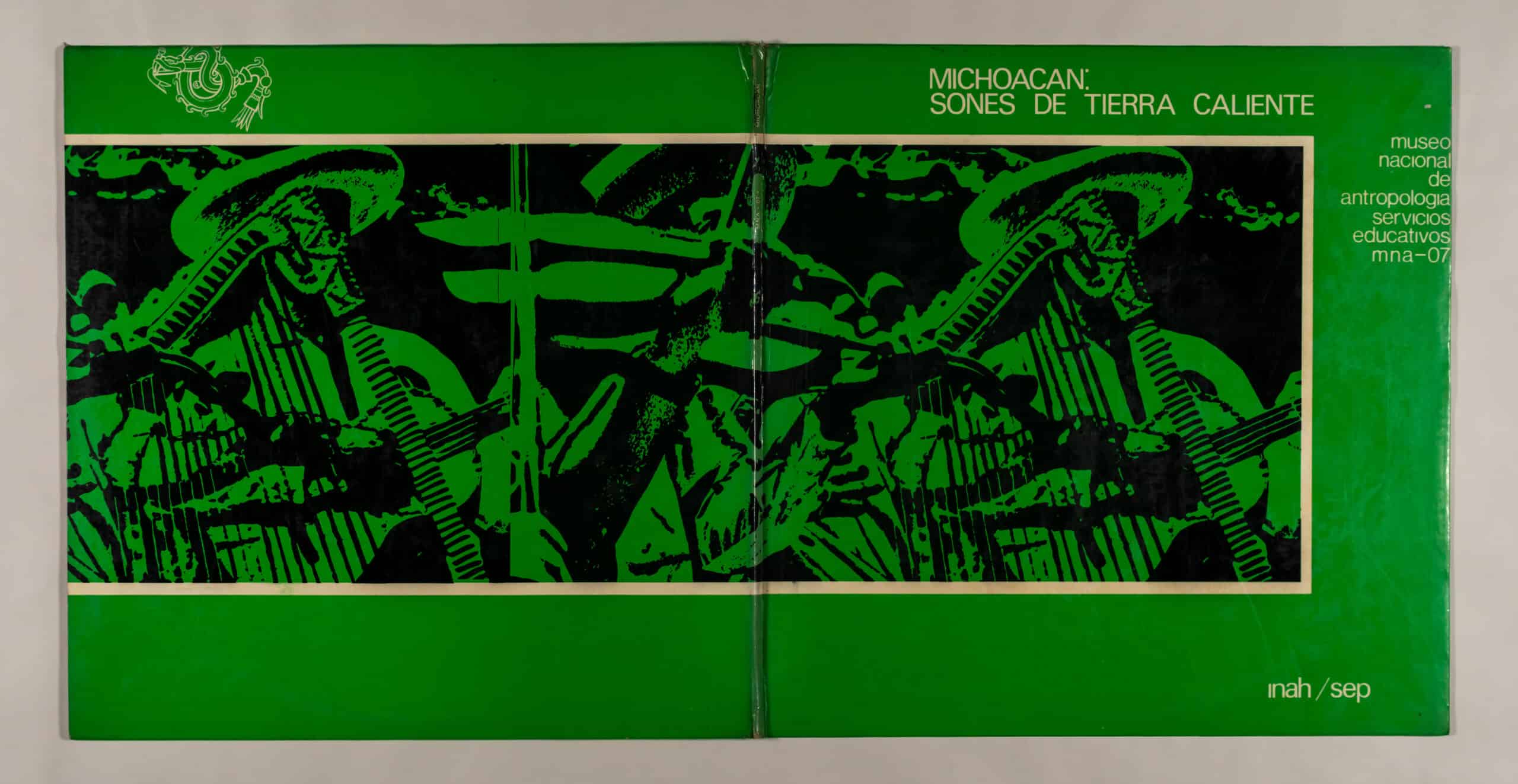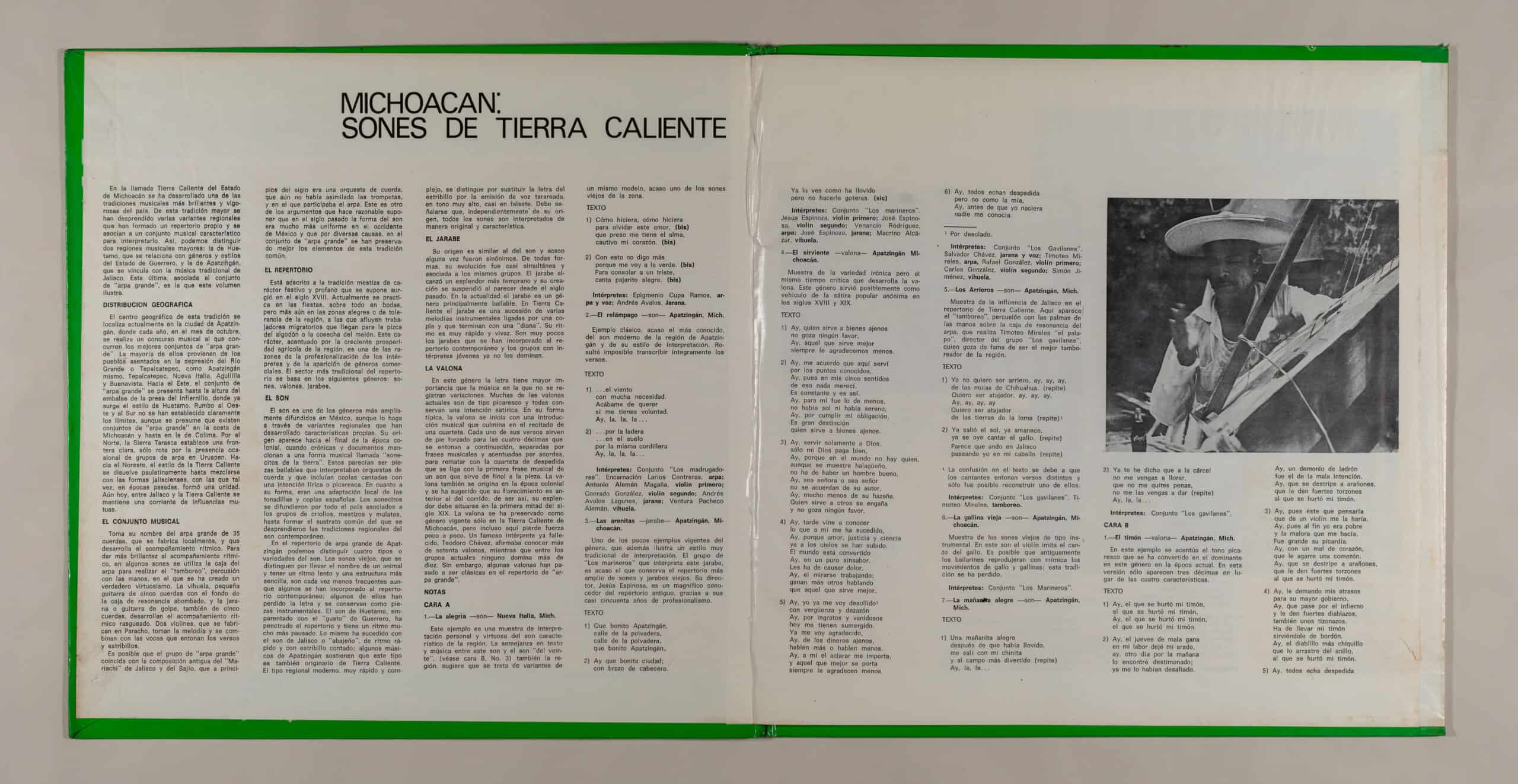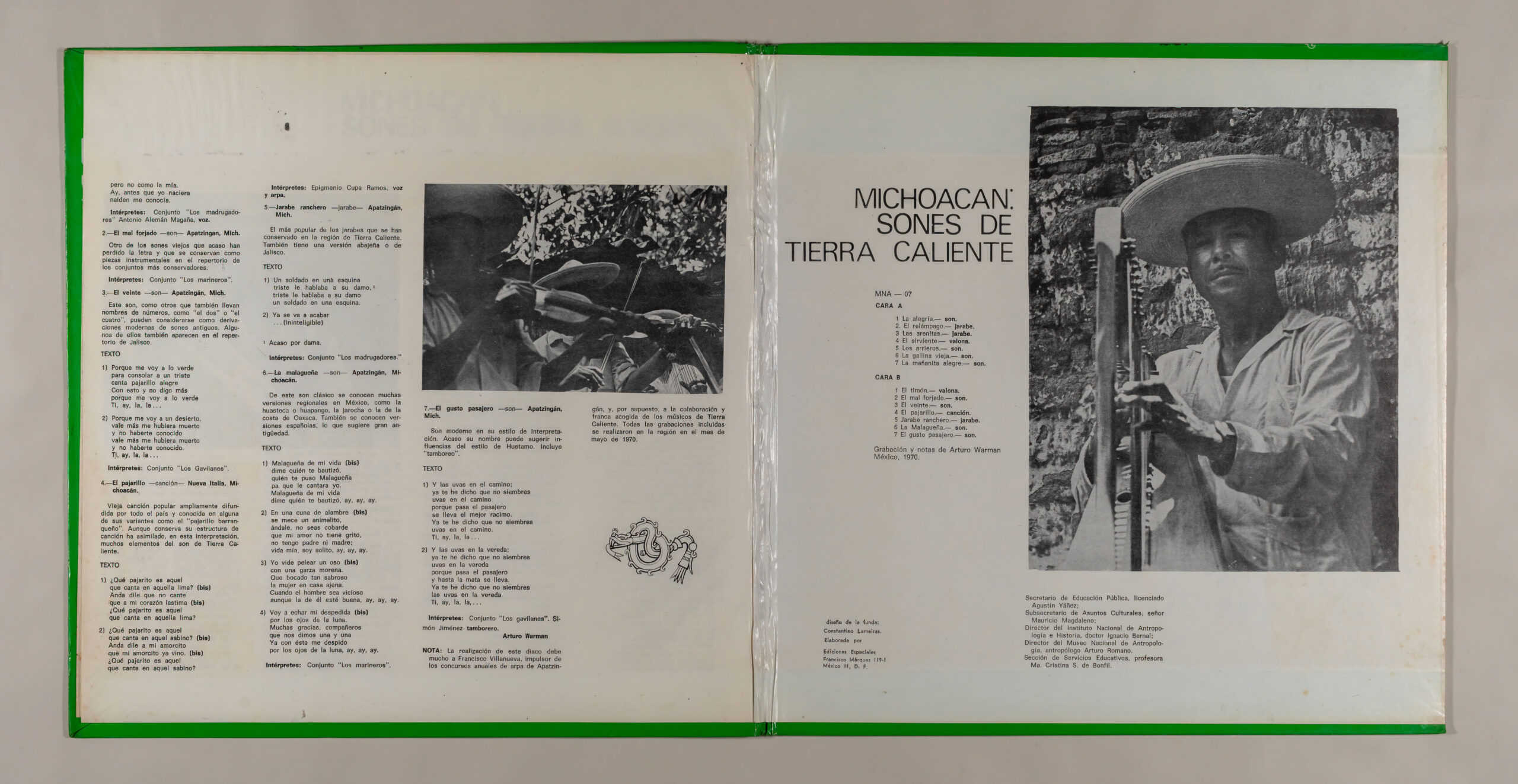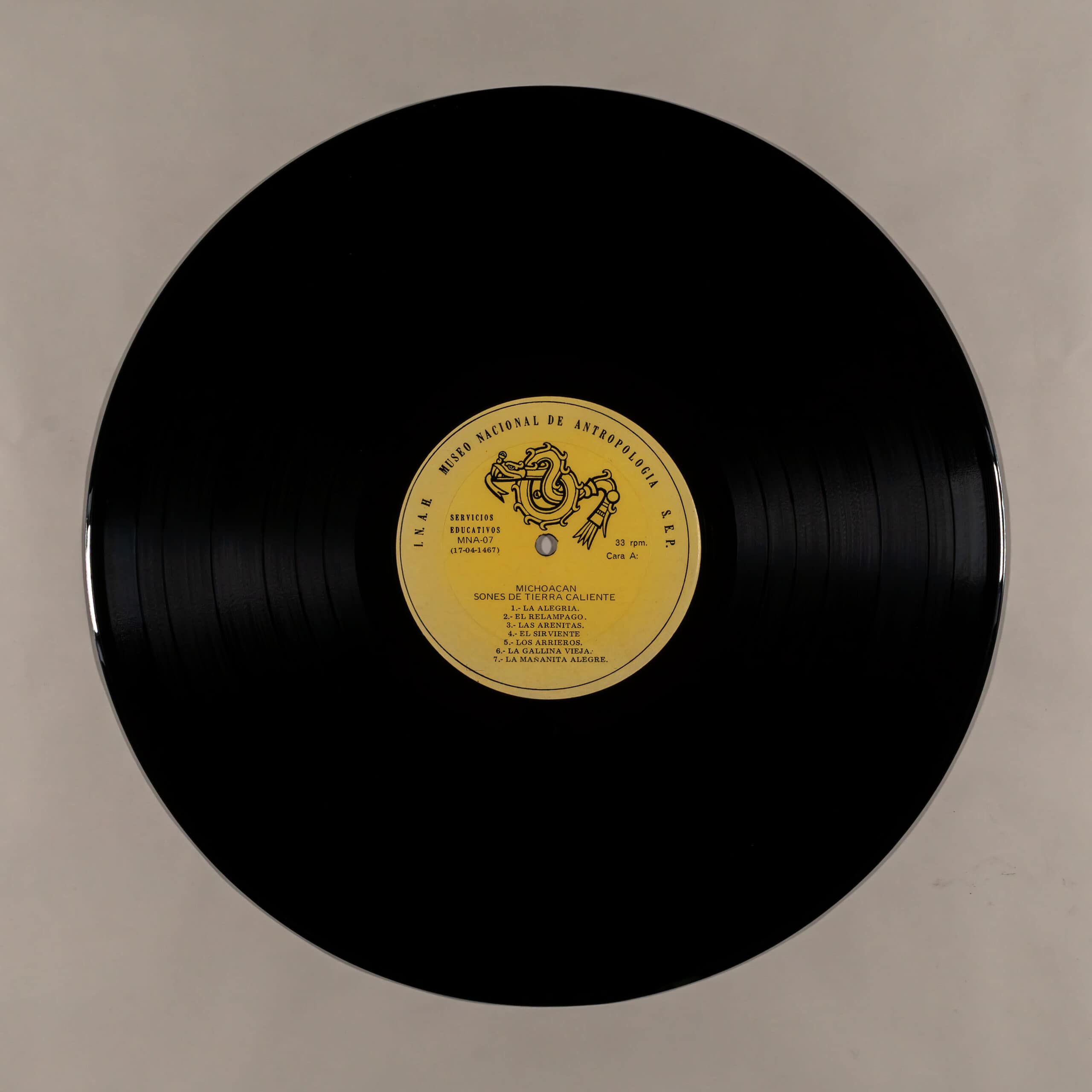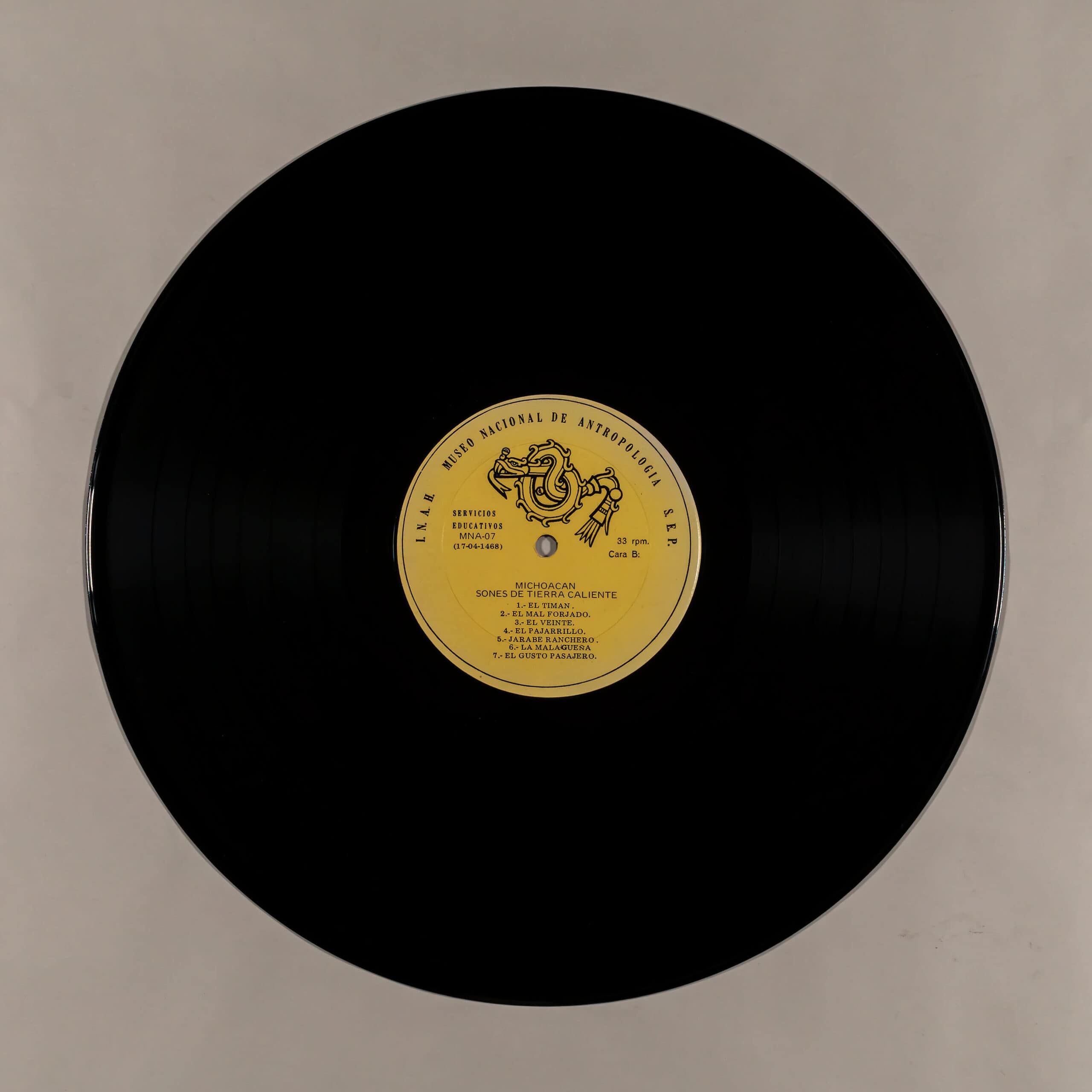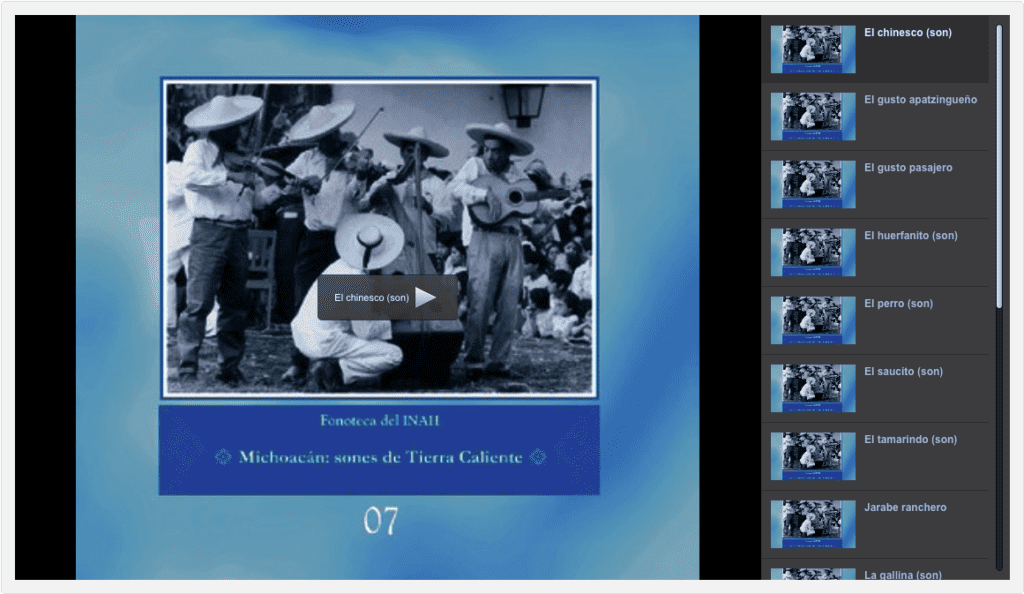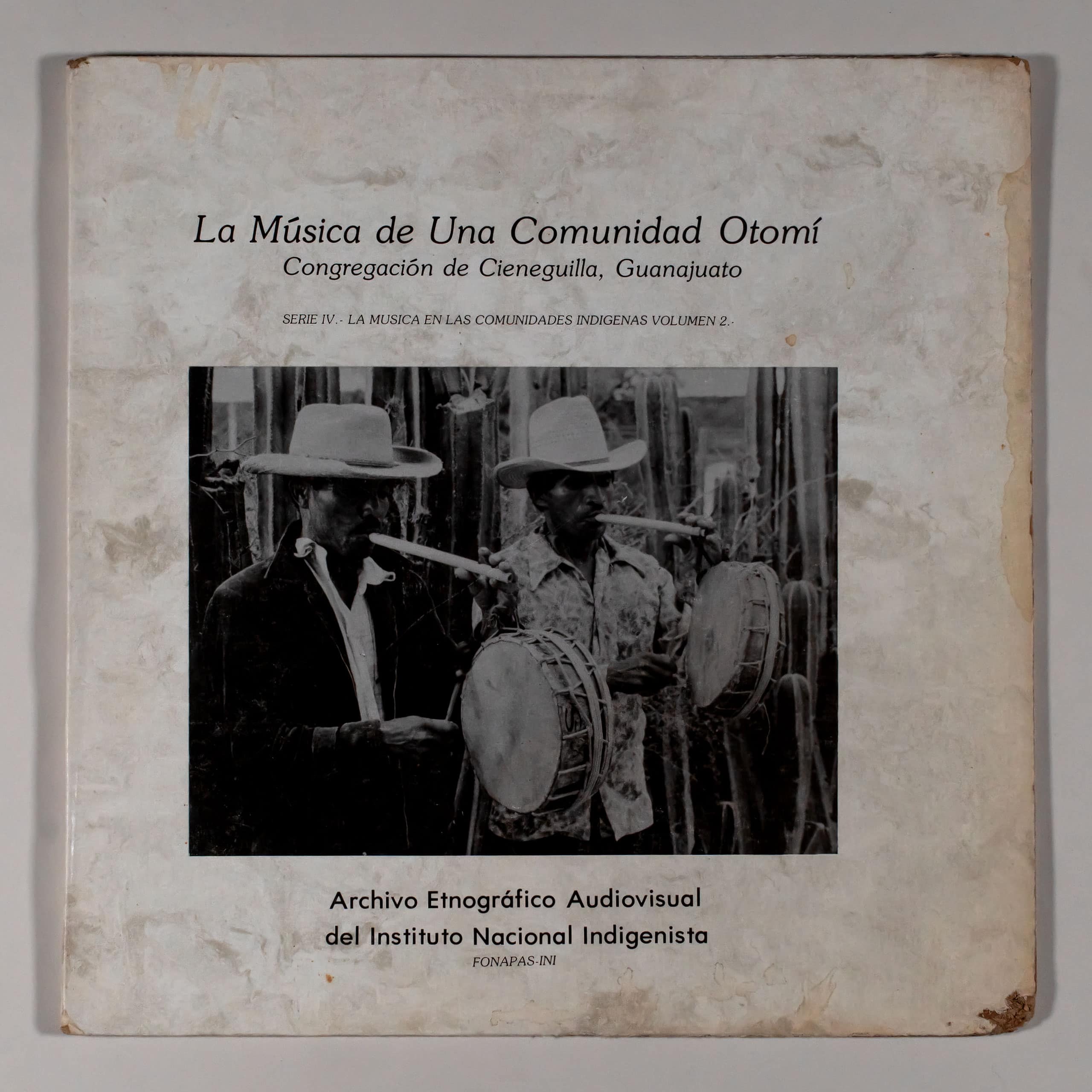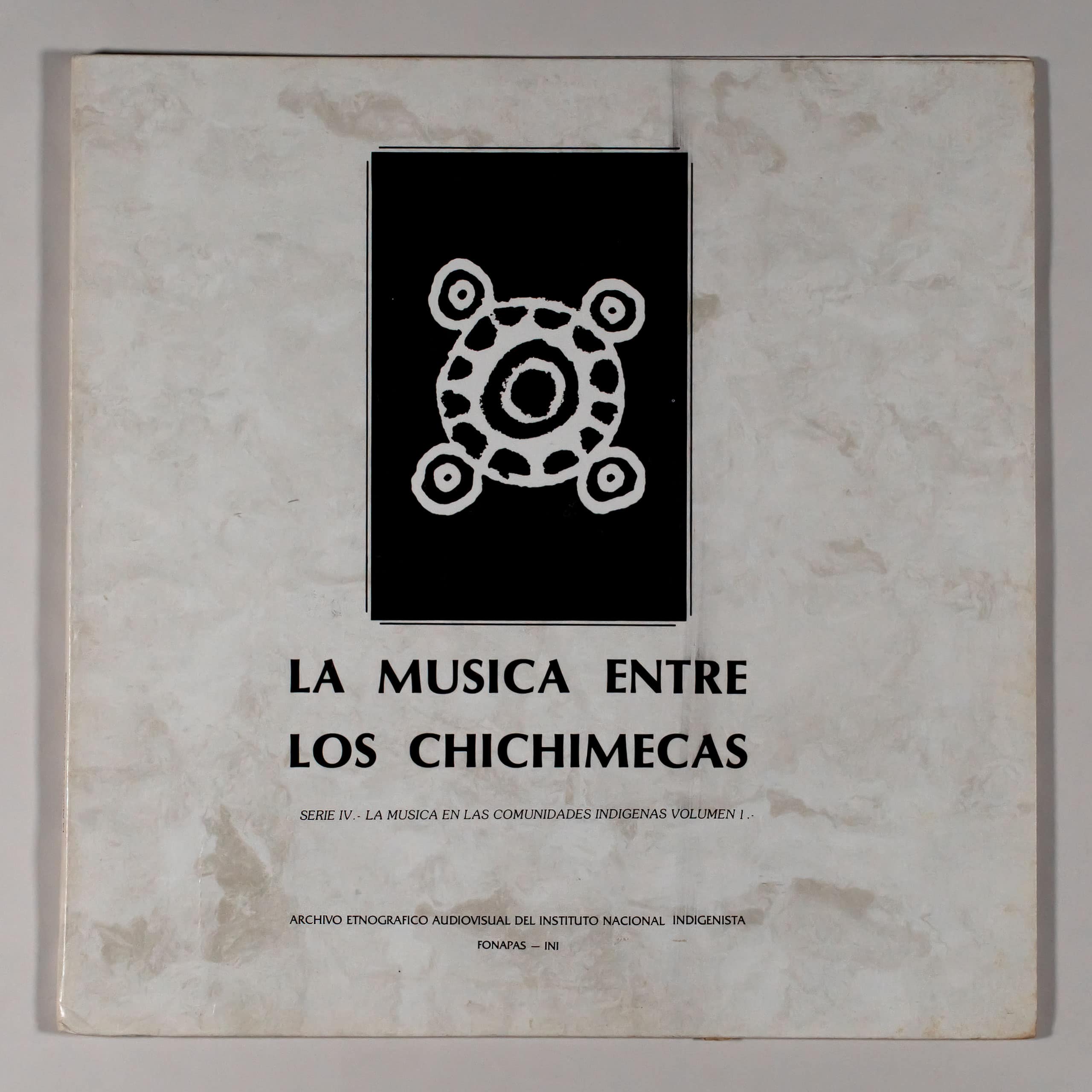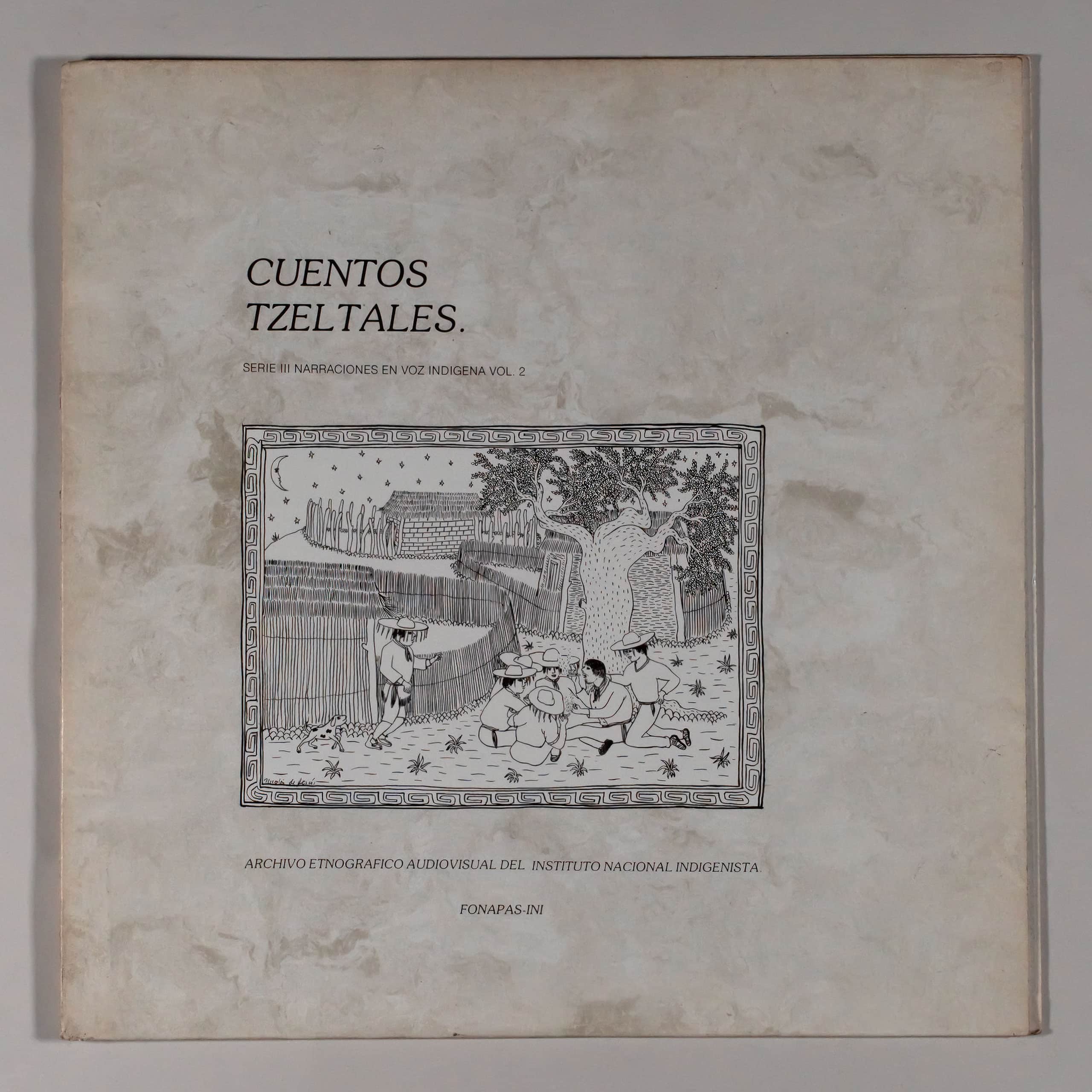MICHOACAN: SOUNDS FROM THE HOT LAND
INAH SEP
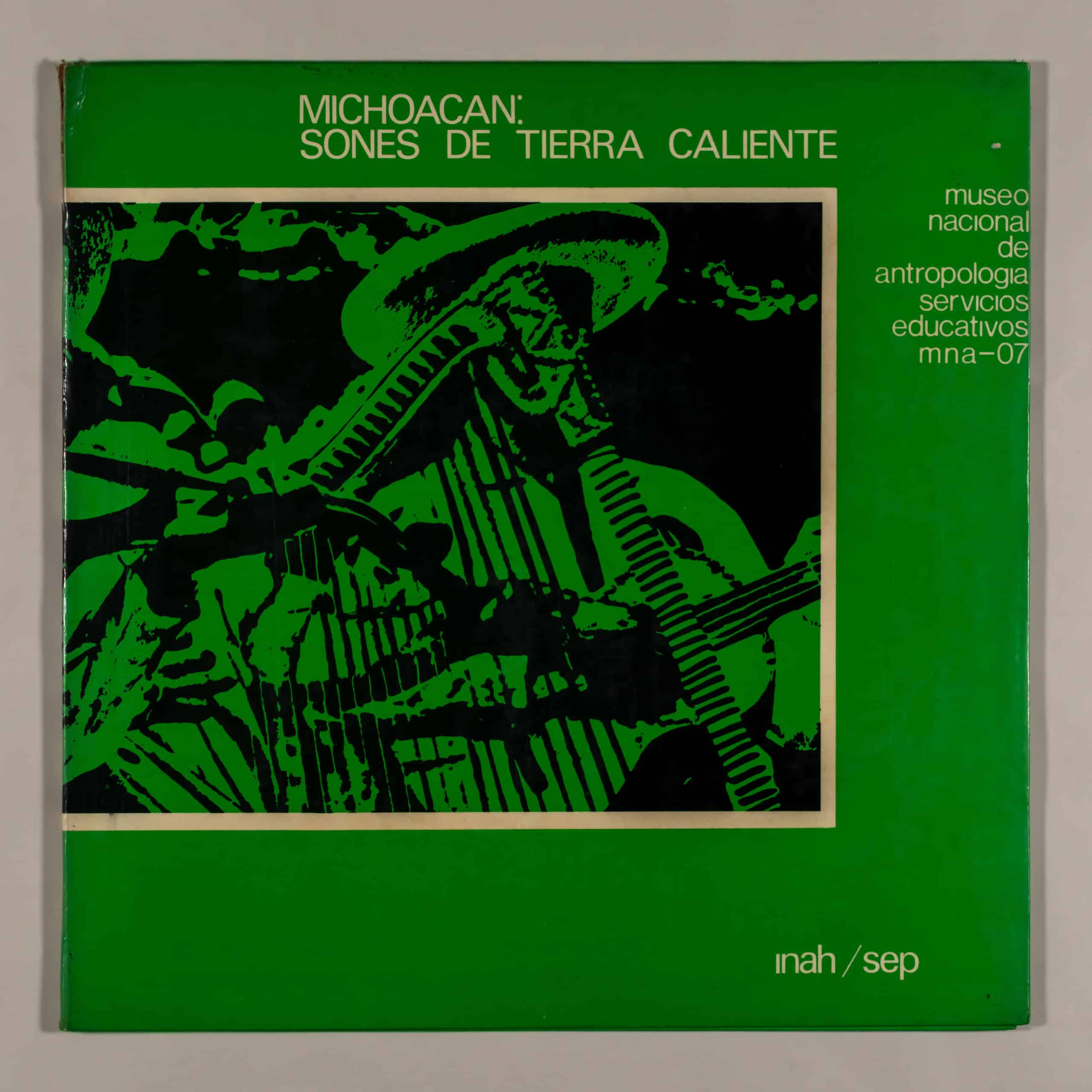
|
Label: INAH-SEP MNA-07 Released: 1970 |
Country: Mexico |
Info:
In the so-called Tierra Caliente of the State of Michoacán, one of the most brilliant and vigorous musical traditions in the country has developed. Several regional variants have emerged from this major tradition that have formed their own repertoire and are associated with a characteristic musical ensemble to perform it. Thus, we can distinguish two major musical regions: Huetamo, which is related to genres and styles of the State of Guerrero, and Apatzingan, which is linked to the traditional music of Jalisco. The latter, associated with the “big harp” ensemble, is the one that this volume illustrates.
GEOGRAPHICAL DISTRIBUTION
The geographical center of this tradition is currently located in the city of Apatzingan, where every year, in the month of October, a musical contest is held with the best “big harp” ensembles. Most of them come from the towns settled in the depression of the Río Grande or Tepalcatepec, like Apatzingan itself. Tepalcatepec, New Italy, Aguililla and Buenavista. Towards the East, the group of “big harp” appears up to the height of the reservoir of the Infiernillo dam, where the Huetamo style already emerges. Heading west and south, the limits have not been clearly established, although it is presumed that there are groups of “big harp” on the coast of Michoacán and even on that of Colima. To the north, the Sierra Tarasca establishes a clear border, broken only by the occasional presence of harp groups in Uruapan. Towards the Northeast, the Tierra Caliente style gradually dissolves until it mixes with the Jalisco forms, with which perhaps, in past times, it formed a unit. Even today, between Jalisco and Tierra Caliente a current of mutual influences is maintained.
THE MUSICAL ENSEMBLE
It takes its name from the large 35-string harp, which is made locally, and which develops the rhythmic accompaniment. To give more brilliance to the rhythmic accompaniment, in some sones the harp box is used to perform the “tamboreo”, percussion with the hands, in which a true virtuosity has been created. The vihuela, a small five-string guitar with the bottom of the convex soundboard, and the Jarana or hit guitar, also with five strings, develop the strummed rhythmic accompaniment. Two violins, which are made in Paracho, take the melody and combine with the voices that sing the verses and choruses.
It is possible that the “big harp” group coincides with the old composition of the “Mariachi” of Jalisco and Bajío, which at the beginning of the century was a string orchestra, which had not yet assimilated the trumpets, and in which the harp. This is another of the arguments that makes it reasonable to assume that in the last century the form of the son was much more uniform in western Mexico and that for various reasons, the elements of this form have been better preserved in the “big harp” ensemble. common tradition.
THE REPERTOIRE
It is attached to the mestizo tradition of a festive and profane nature that is supposed to have emerged in the 18th century. Currently it is practiced at parties, especially at weddings, but even more so in the happy or tolerant areas of the region, which are attended by migrant workers who arrive for the cotton picking or the melon harvest. This character, accentuated by the growing agricultural prosperity of the region, is one of the reasons for the professionalization of performers and the appearance of commercial genres. The most traditional sector of the repertoire is based on the following genres: sones, wallonnes, syropes.
THE SON
The son is one of the most widely spread genres in Mexico, although it does so through regional variants that have developed their own characteristics. Its origin appears towards the end of the colonial era, when chronicles and documents mention a musical form called “sonecitos de la tierra”. These seemed to be danceable pieces performed by string orchestras and that included couplets sung with a lyrical or picaresque intention. In terms of their form, they were a local adaptation of the Spanish tonadillas and couplets. Sonecitos spread throughout the country associated with groups of criollos, mestizos and mulattoes, until they formed the common substratum from which the regional traditions of contemporary son emerged.
In the large harp repertoire of Apatzingan we can distinguish four types or varieties of son. The old sones, which are distinguished by bearing the name of an animal and having a slow rhythm and a simpler structure, are becoming less frequent, although some have been incorporated into the contemporary repertoire; some of them have lost the lyrics and are preserved as instrumental pieces. Huetamo’s son, related to Guerrero’s “taste,” has penetrated the repertoire and has a much slower rhythm. The same thing has happened with the son of Jalisco or “abajeño”, with a fast rhythm and a counted refrain; Some musicians from Apatzingan maintain that this guy is also originally from Tierra Caliente. The modern regional type, very fast and complex, is distinguished by substituting the lyrics of the refrain for the emission of a hummed voice, in a very high pitch, almost in falsetto. It should be noted that, regardless of their origin, all the sones are interpreted in an original and characteristic way.
THE SYRUP
Its origin is similar to that of the son and perhaps they were once synonymous. In any case, their evolution was almost simultaneous and associated with the same groups. El Jarabe reached an earlier splendor and its creation was apparently suspended since the last century. Nowadays, jarabe is mainly a dance genre. In Tierra Caliente, jarabe is a succession of several instrumental melodies linked by a copla and ending with a “diana”. His pace is very fast and lively. Very few jarabes have been incorporated into the contemporary repertoire and groups with young performers no longer dominate them.
LA WALLONNE
In this genre the lyrics have greater importance than the music in which variations are not recorded. Many of the current Walloons are of the picaresque type and all retain a satirical intention. In its typical form, the Walloon begins with a musical introduction that culminates in the recitation of a quatrain. Each of his verses serve as a forced foot for the four tenths that are sung below, separated by musical phrases and accented by chords, to finish off with the farewell quatrain that is linked with the first musical phrase of a son that serves as the end to the piece. The wallonne also originates from colonial times and it has been suggested that its flourishing predates that of the corrido; if so, its splendor must be placed in the first half of the 19th century. The wallonne has been preserved as a current genre only in the Tierra Caliente of Michoacán, but even here it loses strength little by little. A famous performer now deceased, Teodoro Chávez, claimed to know more than seventy Walloons, while among the current groups none dominates more than ten. However, some Walloons have become classics in the “big harp” repertoire.
NOTES
FACE A
1.–Joy –son– Nueva Italia, Mich.
This example is a sample of personal and virtuous interpretation of the son characteristic of the region. The similarity in text and music between this son and the son “of twenty”, (see side B, No. 3) also the region, suggests that they are variants of the same model, perhaps one of the old sones of the area .
TEXT
1)
How would I, how would I
to forget this love, (Bis)
that prisoner has my soul,
captivated my heart (Bis)
2)
With this I say no more
because I’m going green. (Bis)
To comfort a sad
sing happy bird (Bis)
Performers: Epigmenio Cupa Ramos, harp and voice; Andres Avalos, Jarana.
2.–The lightning –son– Apatzingan, Mich.
Classic example, perhaps the best known, of the modern son of the Apatzingan region and of its interpretation style. It was impossible to transcribe the verses in their entirety.
TEXT
1)
… Wind
in great need.
just loved me
if you have me will.
Oh, the, the, the…
2)
…down the hillside
… On the ground
by the same mountain range
Oh, the, the, the…
Performers: Set “The early risers”. Encarnación Larios Contreras, harp; Antonio Alemán Magaña, first violin; Conrado González, second violin; Andrés Ávalos Lagunes, jarana; Ventura Pacheco Aleman, vihuela.
3.–The little sands –syrup– Apatzingan, Michoacán.
One of the few current examples of the genre, which also illustrates a very traditional style of interpretation. The group of “The Mariners” that interprets this jarabe, is perhaps the one that preserves the widest repertoire of sones and old jarabes. Its director, Jesús Espinosa, is a magnificent connoisseur of the ancient repertoire, thanks to his almost fifty years of professionalism.
TEXT
1)
How beautiful Apatzingan,
dust street,
dust street,
How beautiful Apatzingan…
2)
Oh what a beautiful city;
with head arm.
You see how it has rained
but don’t leak. (sic)
Performers: Ensemble “The Sailors”. Jesús Espinoza, first violin; José Espinosa, second violin; Venancio Rodríguez, harp; José Espinoza, jarana; Macrino Alcázar, vihuela.
4.–The servant –wallonne– Apatzingan, Michoacan.
Sample of the ironic variety, but at the same time critical that the Walloon develops. This genre possibly served as a vehicle for anonymous popular satire in the 18th and 19th centuries.
TEXT
1)
Oh, who serves other people’s goods
does not enjoy any favor,
Oh. the one who serves best
we always thank him less.
2)
Oh, I remember that I served here
through the known points,
Oh, well, in my five senses
I deserved nothing of that.
It is constant and it is.
Oh, for me it was the least
there was no sun nor was there serene,
Oh, for fulfilling my obligation.
It’s a big distinction
who serves other people’s goods.
3)
Oh, serve only God,
only my God pays well,
Oh, because in the world there is no one,
although it is flattering,
there must not be a good man,
Oh, be it ma’am or be it sir
They do not remember its author.
Oh, much less of his feat.
Who serves others is deceived
and he enjoys no favour.
4)
Oh, late I came to meet
what has happened to me,
Oh, because love, justice and science
They have already ascended to heaven.
the world is converted
Oh, in a pure disappointment.
It must cause them pain.
Oh, looking at yourself working;
Others earn more by talking
than the one who works best.
5)
Oh, I’m leaving skinned¹
with shame and despair
Oh, for ungrateful and vain
Today they have me submerged.
I’m already grateful
Oh, from other people’s money,
talk more or talk less,
Oh, clarifying matters to me.
And the one who behaves the best
they always thank you less.
6)
Oh, everyone says goodbye,
but not like mine
Oh, before I was born
nobody knew me.
______
¹ By desolate.
Performers: Ensemble “Los Gavilanes”. Salvador Chávez, jarana and voice; Timoteo Mireles, harp, Rafael González, first violin; Carlos González, second violin; Simon Jimenez, vihuela.
5.–The Muleteers –son– Apatzingan, Mich.
Sample of the influence of Jalisco in the repertoire of Tierra Caliente. Here appears/ the “tamboreo”, percussion with the palms of the hands on the soundboard of the harp, performed by Timoteo Mireles “el palapo”, director of the group “Los gavilanes”. Who is famous for being the best drummer in the region.
TEXT
1)
I don’t want to be a muleteer anymore, oh, oh, oh.
From the mules of Chihuahua. (repeat)
I want to be a tackler, oh, oh, oh.
Ay, ay, ay, ay.
I want to be a catcher
of the lands of the hill (repeat)¹
2)
The sun is out, it’s already dawn,
you can hear the rooster sing. (repeat)
It seems that I am in Jalisco
riding my horse (repeat)
¹The confusion in the text is due to the fact that the singers sing different verses and it was only possible to reconstruct one of them.
Performers: Ensemble “The hawks”. Timothy Mireles, drumming.
6.–The old hen –son– Apatzingan, Michoacán.
Sample of the old sones of instrumental type. In this son the violin imitates the song of the rooster. It is possible that in the past the dancers mimicked the movements of the rooster and hens; this tradition has been lost.
Performers: Ensemble “The Sailors”.
7.–The cheerful morning –son– Apatzingan, Mich.
TEXT
1)
a happy morning
after it had rained.
I went out with my little girl
and to the funniest field (repeat)
Oh, the, the…
2)
I’ve already told you to go to jail
don’t come crying to me,
don’t take away my sorrows,
do not come to give them to me (repeat)
Oh, the, the…
Performers: Set “The hawks”.
FACE B
1.–The rudder –wallonne– Apatzingan, Mich.
This example accentuates the picaresque tone that has become dominant in this genre at the present time. In this version only three tenths appear instead of the four characteristics.
TEXT
1)
Oh, the one who stole my rudder,
the one who stole my rudder,
Oh, the one who stole my rudder,
the one who stole my rudder.
2)
Oh, Thursday reluctantly
in my work I left my plow,
oh, another day in the morning
I found him discouraged;
I had already been challenged.
Oh, a demon of a thief
It was the bad intention.
Oh, let it be gutted to scratches,
that they give him strong twists
the one who stole my rudder.
3)
Oh, well, what would he think?
that I would make it out of a violin.
Oh, well, in the end I was poor
and the bad thing that he did to me.
His mischief was great.
Oh, with a bad heart,
get an itch.
Oh, let it be gutted to scratches,
that they give him strong twists
the one who stole my rudder.
4)
Oh, I demand my arrears
for the greater government of him,
Oh, let him go through hell
and give him strong devils,
also some tizonazos.
He has to take my helm
serving him as a bean.
Oh, the smallest devil
to drag him from the ring,
the one who stole my rudder.
5)
Oh, everyone says goodbye
but not like mine.
Oh, before I was born
nobody knew me.
Performers: Ensemble “The early risers” Antonio Alemán Magaña, voice.
2.–The evil wrought –son– Apatzingan, Mich.
Another of the old sones that perhaps have lost the lyrics and that are preserved as instrumental pieces in the repertoire of the most conservative ensembles.
Performers: Ensemble “The Sailors”.
3.–The twenty –son– Apatzingán, Mich.
This son, like others that also bear names of numbers, such as “el dos” or “el cuatro”, can be considered as modern derivations of ancient sones. Some of them also appear in the Jalisco repertoire.
TEXT
1)
Why am I going green?
to comfort a sad
happy little bird sings
With this and I say no more
because I’m going green
You, oh, the, the…
2)
Because I’m going to a desert.
It’s better I would have died
and not having met you
better I would have died
and not having met you.
You, oh, the, the…
Performers: Ensemble “Los Gavilanes”.
4.–The little bird –song– Nueva Italia, Michoacán.
Old popular song widely spread throughout the country and known in some of its variants as the “barranqueño bird”. Although it retains its song structure, it has assimilated, in this interpretation, many elements of the son of Tierra Caliente.
TEXT
1)
what bird is that
who sings in that file? (Bis)
Go tell him not to sing
that pity my heart (Bis)
what bird is that
who sings in that lime?
2)
what bird is that
what sings in that sabino? (Bis)
Go tell my love
that my sweetheart has already come. (Bis)
what bird is that
what sings in that sabino?
Performers: Epigmenio Cupa Ramos, voice and harp.
5.–Rancher Syrup –syrup– Apatzingan, Mich.
The most popular of the syrups that have been preserved in the Tierra Caliente region. It also has an abajeña or Jalisco version.
TEXT
1)
A soldier in a corner
sad I spoke to the damo about him, ¹
sad he spoke to his damo
a soldier in a corner.
2)
It’s going to be over
… (Unintelligible)
¹ Perhaps by lady.
Performers: Ensemble “The early risers.”
6.–The malagueña –son– Apatzingan, Michoacán.
Many regional versions of this son classic are known in Mexico, such as the huasteca or huapango. The jarocha or the one from the coast of Oaxaca. Spanish versions are also known. Which suggests great antiquity.
TEXT
1)
Malaga of my life (bis)
tell me who baptized you,
who put you malagueña
so that I could sing to him.
Malaga of my life
tell me who baptized you, oh, oh, oh.
2)
In a wire cradle (bis)
an animal rocks,
Come on, don’t be a coward
that my love has no cry,
I have neither father nor mother;
My life, I’m alone, oh, oh, oh.
3)
I saw a bear fight (bis)
with a brown heron.
what a tasty bite
the woman in someone else’s house.
When man is vicious
Although his is good, oh, oh, oh.
4)
I’m going to say my goodbye (bis)
through the eyes of the moon
Thank you very much partners
that we gave each other one and one
With this I say goodbye
through the eyes of the moon, oh, oh, oh.
Performers: Ensemble “The Sailors”.
7.– The passing taste –son– Apatzingan, Mich.
They are modern in their style of interpretation. Perhaps its name may suggest influences from Huetamo’s style. Includes “drum”.
TEXT
1)
And the grapes on the way;
I have already told you not to sow
grapes on the road
because the passenger passes
takes the best bunch.
I have already told you not to sow
grapes on the road
You, oh, the, the…
2)
And the grapes on the sidewalk;
I have already told you not to sow
grapes on the sidewalk
because the passenger passes
and even the kill takes.
I have already told you not to sow
the grapes on the sidewalk
You, oh, the, the, …
Performers: Ensemble “The hawks”. Simón Jiménez, drummer.
Arturo Warman
NOTE: The making of this album owes a lot to Francisco Villanueva, promoter of the annual Apatzingan harp contests, and, of course, to the collaboration and frank welcome of the musicians from Tierra Caliente. All recordings included were made in the region in the month of May 1970.
MICHOACAN: SOUNDS FROM THE HOT LAND
NAM – 07
FACE A
1 Joy.– son.
2. Lightning.– syrup.
3 Little sands.– syrup.
4 The servant.– walloon.
5 The muleteers.– son.
6 The old hen.– son.
7 The happy morning.– son.
FACE B
1 The rudder.– walloon.
2 The evil wrought.– son.
3 The twenty.– son.
4 The little bird.– song.
5 Rancher syrup.– syrup.
6 The Malagueña.– son.
7 The passing taste.– son.
Recording and notes by Arturo Warman
Mexico, 1970.
Secretary of Public Education, Mr. Agustín Yáñez;
Undersecretary for Cultural Affairs, Mr. Mauricio Magdaleno;
Director of the National Institute of Anthropology and History, doctor Ignacio Bernal;
Director of the National Museum of Anthropology, anthropologist Arturo Romano.
Educational Services Section, Professor Ma. Cristina S. de Bonfil.
Case Design:
Constantine Lameiras.
Prepared by
Special Editions
Francisco Marquez 119-1
Mexico II, D.F.
Tracklist:
MICHOACAN: SOUNDS FROM THE HOT LAND
SIDE 1
- A1 Joy –son– New Italy, Mich.
Performers: Epigmenio Cupa Ramos, harp and voice; Andres Avalos, Jarana. - A2 The lightning –son– Apatzingan, Mich.
Performers: Ensemble “The early risers”. Encarnación Larios Contreras, harp Antonio Alemán Magaña, first violin; Conrado González, second violin; Andrés Avalos Lagunes, jarana; Ventura Pacheco Aleman, vihuela. - A3 The little sands –syrup– Apatzingán, Mich.
Performers: Ensemble “The Sailors”. Jesús Espinoza, first violin; José Espinosa, second violin; Venacio Rodríguez, harp; José Espinoza, jarana; Macrino Alcázar, vihuela. - A4 The servant –wallone– Apatzingan, Mich.
Performers: Ensemble “The hawks”. Salvador Chávez, jarana and voice; Timoteo Mireles, harp, Rafael González, first violin; Carlos González, second violin; Simon Jimenez, vihuela. - A5 The muleteers –son– Apatzingan, Mich.
Performers: Ensemble “The hawks”. Salvador Chávez, jarana and voice; Timoteo Mireles, harp, Rafael González, first violin; Carlos González, second violin; Simon Jimenez, vihuela. Timothy Mireles, drumming. - A6 The old hen –son– Apatzingan, Mich.
Performers: Ensemble “The Sailors”. Jesús Espinoza, first violin; José Espinosa, second violin; Venacio Rodríguez, harp; José Espinoza, jarana; Macrino Alcázar, vihuela. - A7 The happy morning –son– Apatzingan, Mich.
Performers: Ensemble “The hawks”. Salvador Chávez, jarana and voice; Timoteo Mireles, harp, Rafael González, first violin; Carlos González, second violin; Simon Jimenez, vihuela.
SIDE 2
- B1 The rudder –wallone– Apatzingán, Mich.
Performers: Ensemble “The early risers”. Encarnación Larios Contreras, harp Antonio Alemán Magaña, first violin; Conrado González, second violin; Andrés Avalos Lagunes, jarana; Ventura Pacheco Aleman, vihuela. Antonio Alemán Magaña voice, - B2 The evil wrought –son– Apatzingán, Mich.
Performers: Ensemble “The Sailors”. Jesús Espinoza, first violin; José Espinosa, second violin; Venacio Rodríguez, harp; José Espinoza, jarana; Macrino Alcázar, vihuela. - B3 The twenty –son– Apatzingán, Mich.
Performers: Ensemble “The hawks”. Salvador Chávez, jarana and voice; Timoteo Mireles, harp, Rafael González, first violin; Carlos González, second violin; Simon Jimenez, vihuela. - B4 The little bird –song– Nueva Italia, Mich.
Performers: Epigmenio Cupa Ramos, harp and voice. - B5 Racher Syrup –syrup– Apatzingan, Mich.
Performers: Ensemble “The early risers”. Encarnación Larios Contreras, harp Antonio Alemán Magaña, first violin; Conrado González, second violin; Andrés Avalos Lagunes, jarana; Ventura Pacheco Aleman, vihuela. - B6 The Malagueña –son– Apatzingan, Mich.
Performers: Ensemble “The Sailors”. Jesús Espinoza, first violin; José Espinosa, second violin; Venacio Rodríguez, harp; José Espinoza, jarana; Macrino Alcázar, vihuela. - B7 The passing taste –son– Apatzingan, Mich.
Performers: Ensemble “The hawks”. Salvador Chávez, jarana and voice; Timoteo Mireles, harp, Rafael González, first violin; Carlos González, second violin; Simon Jimenez, vihuela. Simón Jiménez, drummer.
Credits:
Recording and notes by Arturo Warman.
Cover design by Constantino Lameiras.
Prepared by Special Editions Francisco Márquez 119-I. Mexico II, D.F.
The making of this album owes a lot to Francisco Villanueva, promoter of the annual Apatzingan harp contests, and of course, to the collaboration and frank welcome of the musicians from Tierra Caliente. All recordings included were made in the region in the month of May 1970.
rene Vázquez Valle: Engraver, Editor
Arturo Warman: Associate material writer
Victor Acevedo Martínez: Editor
Martín Audelo Chícharo: Editor
Guadalupe Loyola Zárate: Editor
Benjamín Muratalla: Editor, Director
H. Alejandro Castellanos Garrido: Editor, Researcher
Gabriela González Sánchez: Editor
Jazmín Rangel Evaristo: Editor
Grandma records
Alfredo Huertero Casarrubias: Illustrator
Guillermo Santana Ramírez: Designer
Ensemble Los Caporales: Musician
Los Tiradores Ensemble: Musician
Ensemble Los Gavilanes del Palapo: Musician
Links:
otroSold For:
Highest Price:
$470 MXMedium Price:
$450 MXCondition:
Media Condition:
Mint (M)Sleeve Condition:
Near Mint (NM or M-)Condition Notes:
The prices correspond to another edition.
